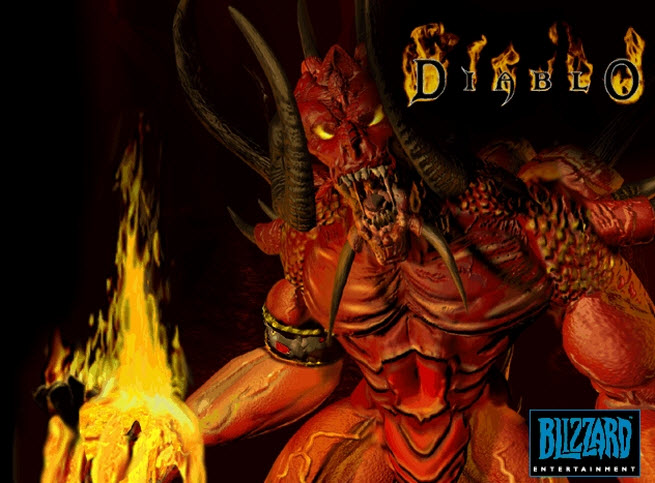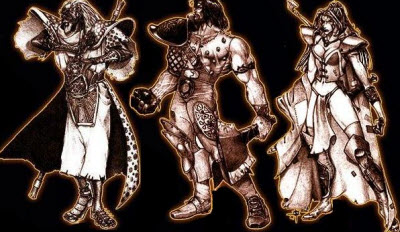David L. Craddock is author of Stay Awhile and Listen, a new book series about the history of Blizzard Entertainment and Blizzard North and the making of the WarCraft, Diablo, and StarCraft games. He wrote this piece for GamesBeat.
Blizzard Entertainment has built a reputation for crafting addictive and immaculately polished games, leading many to believe that the veteran developer has perfected a formula for fun. Appearances can be deceiving.
During the early days of Blizzard Entertainment and Diablo developer Blizzard North–founded as Condor in 1993–making games was more a whirlwind of strong personalities, enthusiasm, and guesswork than an exact science. This chaotic development process led to Diablo becoming one of the most influential and addictive video games ever made.
The Patchwork Road to Hell
After forming Condor in 1993, David Brevik and Max and Erich Schaefer didn’t immediately start on Diablo. To carve out an income channel, they signed on to develop Justice League Task Force, a one-on-one fighter for the Sega Genesis. The project quickly became more work than the three founders could handle on their own. To bolster their ranks, the guys didn’t send recruiters sniffing after veteran game designers. The term “game designer” barely existed in the early ’90s, a period when the games industry was still in its infancy. Instead, they looked for programmers and artists whose passion made up for what they lacked in practical experience.
“It was our theory early on that you’ve got to get the best out of the people you hire,” Max Schaefer explained to me. “It’s mentally and physically demanding to make a competitive, innovative, good game. You have to [create] an atmosphere where that can happen.”
A crucial component of Condor’s atmosphere was the team’s freedom to play to their individual strengths and interests. Their first hire was Michio Okamura, a comic book artist who worked as an executive at an import-export company. “I had no experience working on a computer except for doing import-export documentation for customs orders,” Michio said. “I had never [drawn] anything on the computer. So through the entire Justice League Task Force project, I didn’t do much on the computer. Almost everything I did was hand drawn.”
What Michio lacked in technical skills, he more than made up for in talent and drive. When development of Diablo finally kicked off, Erich Schaefer headed up the art team. Rather than arrange his artists in an assembly line and dictate specific monsters, Erich encouraged the team to let their imaginations run wild. “Michio would come up with reams and reams of drawings, so it was fun to get a bunch of drawings and just say, ‘Okay, this looks really cool, but this guy has a cooler sword, so let’s combine those drawings,'” Erich Schaefer told me. “I think that was some of the most fun collaborative art stuff we did at the time.”
Eric Sexton, an artist hired to push pixels around on the Game Boy version of NFL Quarterback Club, another of Condor’s console projects, seized the opportunity to become more intimately involved in Diablo’s design process. “Maybe five or six months toward the end, Erich Schaefer said, ‘Hey, we need quests. I’ll pay five dollars for every quest we put in the game,'” Eric Sexton reflected to me. Eric’s eagerness to help form the bedrock of Diablo’s dark world gave way to quests and monsters such as the Butcher and the Skeleton King, bosses who knocked around the game’s early levels and made mincemeat of adventurers still unproven in battle.


